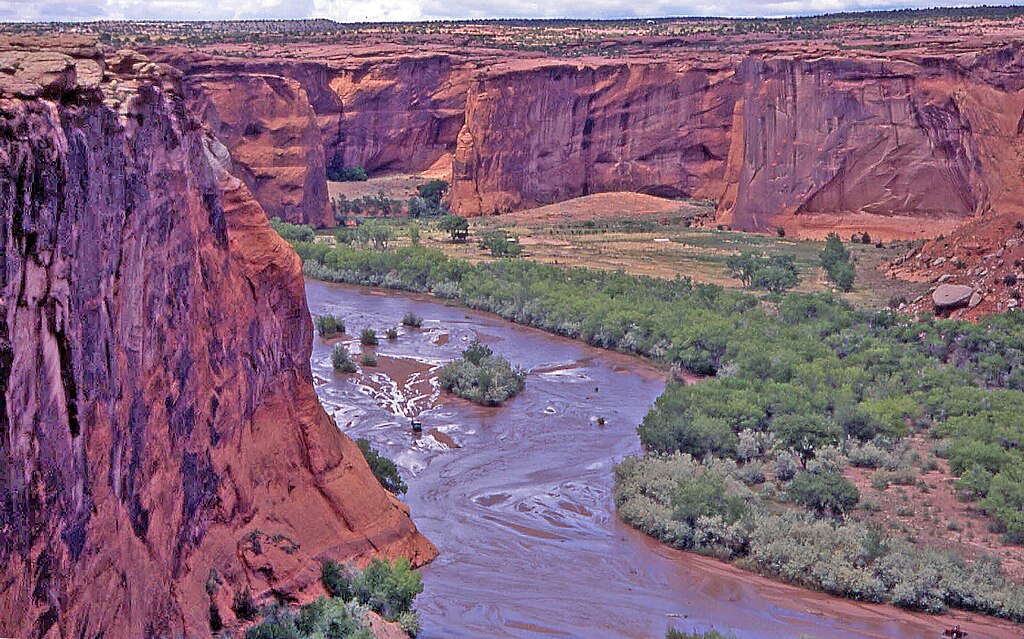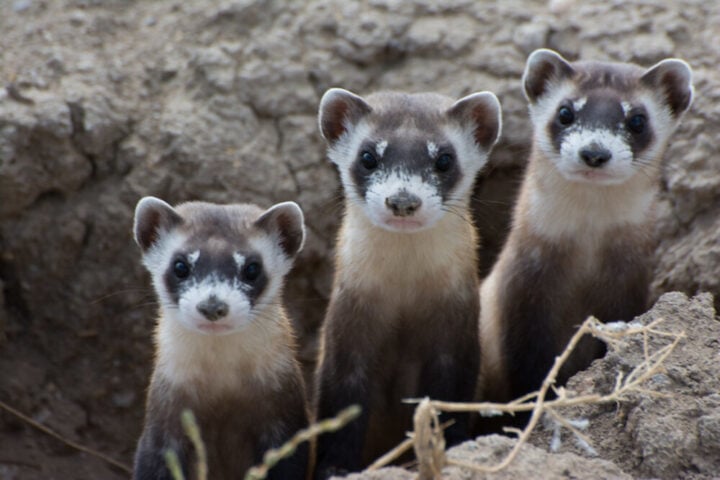Commercial air tours over Canyon de Chelly National Monument in Arizona will cease operations within 180 days from December 19, following a joint decision by the National Park Service (NPS) and Federal Aviation Administration (FAA). The ban extends to flights within 800 meters outside the monument’s boundary, marking a decisive shift in park management policies.
The End of an Era: Impact on Tourism and Local Business
The prohibition affects tour operators who have conducted flights over the 80,000-acre monument for decades. Bruce Adams, owner of Southwest Safaris, who has provided air tours for 50 years, expressed his frustration: “Now the agencies have alienated the community against us. And we’re just left speechless.”
The ban raises questions about economic repercussions for local tourism businesses. The monument, which attracted over 300,000 visitors in 2023, must now adjust to ground-based tourism models. Tour operators like Southwest Safaris face the challenge of restructuring their services or seeking alternative locations for aerial operations.
Similar Posts
Cultural Preservation and Environmental Protection
Canyon de Chelly Superintendent Lyn Carranza emphasized the cultural implications: “Prohibiting commercial air tours protects these lands’ cultural and spiritual significance to the Navajo Nation.” The monument, established in 1931, preserves prehistoric villages constructed between 350 and 1300 A.D.
The environmental impact focuses on preserving the natural and archaeological resources of the area. The ban aims to protect park resources and visitor experiences while maintaining aviation safety standards.
Safety Considerations and Historical Context
The decision follows a history of aviation safety concerns in national parks. A 1986 collision between two tour aircraft over the Grand Canyon resulted in 25 fatalities, leading to stricter regulations on flight routes and minimum altitudes.
Legal Framework and Implementation
The National Park Air Tour Management Act of 2000 requires operators to obtain FAA approval and mandates air tour management plans for parks and tribal lands. The Canyon de Chelly plan was developed through collaboration between the FAA, NPS, and Navajo Nation, following a 30-day public comment period.
Broader Implications for National Parks
Canyon de Chelly joins other national park units implementing similar restrictions. Mount Rushmore, Bandelier National Monument, and Mount Rainier National Park have established comparable limitations. Mount Rainier’s plan permits “up to one air tour per year on a defined route.”
Looking Forward
The ban takes effect 180 days from December 19, allowing operators time to adjust their business models. While the decision prioritizes cultural preservation and environmental protection, questions remain about alternative tourism development and economic mitigation strategies for affected communities.
For visitors seeking to experience Canyon de Chelly, ground-based options include guided tours of the prehistoric villages, archaeological sites, and the iconic Spider Rock spire, which towers hundreds of feet above the canyon floor


















